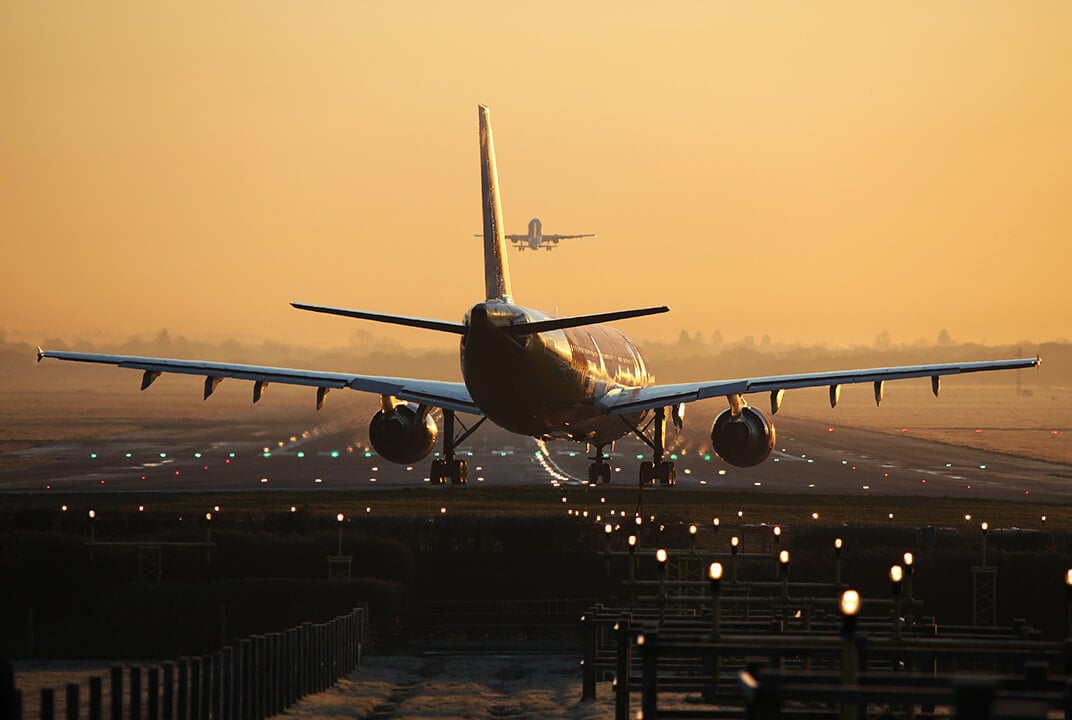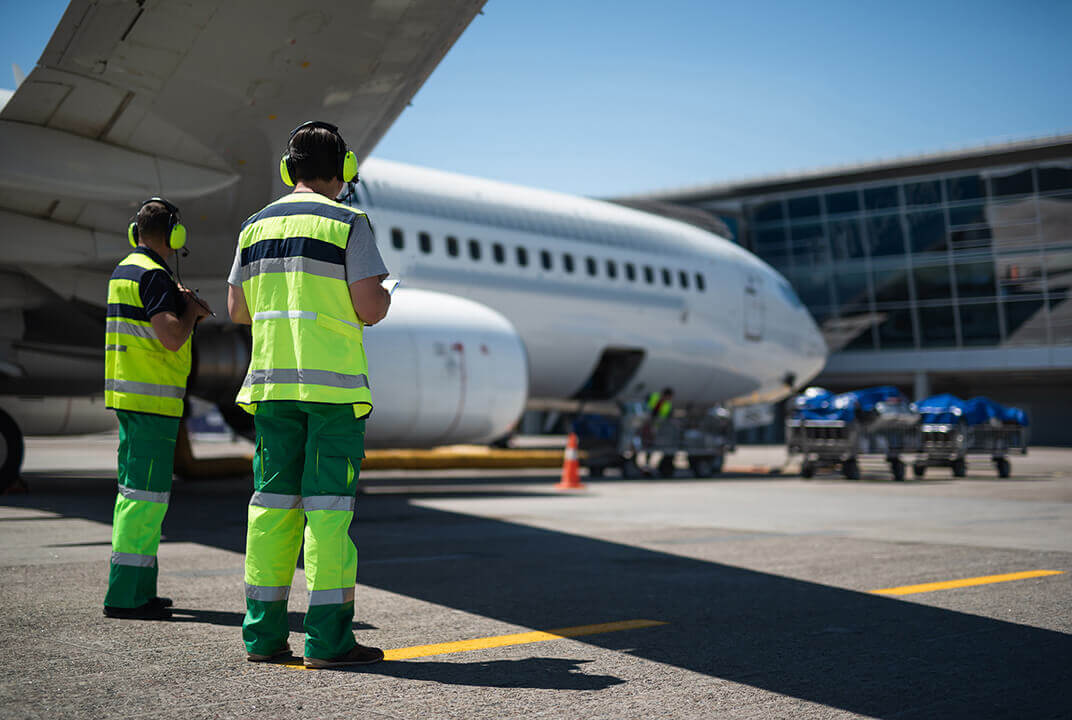Insight | ADS-C: another step forward
ADS-C: another step forward
Aviation
Over the past few months, Airservices Australia, in partnership with Airways New Zealand, has been evaluating Automatic Dependent Surveillance-Contract (ADS-C) flight tracking as a solution to ICAO’s aircraft tracking requirements.
The evaluation has confirmed the technology’s reliability and the resulting report will allow the Civil Air Navigation Service Organisation (CANSO) and the International Air Transport Association (IATA) to assess the potential of ADS-C as a flight tracking solution.
The Federal Aviation Administration (FAA) has also endorsed ADS-C as an enhanced flight tracking solution to meet ICAO’s 15 minute tracking standard for commercial aircraft. In implementing this safety initiative, we believe that the FAA is following a logical course to enhance aviation safety, as ADS-C is the only surveillance technology available for use over oceans today that meets the ICAO standard.
The satellite technology required to implement ADS-C is installed on over 90% of trans-oceanic wide-bodied aircraft; meaning that the majority of many airlines already have the capability to meet ICAO’s standard using existing on-board equipment.
The system automatically provides GPS-derived information including the aircraft’s current position, heading, altitude and speed, which is then sent automatically to Air Traffic Control. It is independently managed from the ground and does not rely on the flight crew for position reporting information. The reporting interval can be further decreased in the event of an emergency or other anomaly.
Air traffic controllers can track aircraft flying in oceanic airspace through ADS-C updates at least every 15 minutes, in line with the ICAO proposal.
Inmarsat was created to advance the cause of safety over 35 years ago and we have been dedicated to aviation safety for over 20 years. We therefore encourage the adoption of initiatives that enhance safer air travel for crew and passengers – particularly over oceanic regions where communication is best provided using proven, trusted satellite services.
The FAA commenced the use of the new reporting standard in late June. We look forward to seeing these results and encourage other institutions to do the same.
About the author
Prior to joining Inmarsat, Captain McMillan was SVP, Aerospace Safety and Environment at Tetra Tech AMT, responsible for the development of safety risk strategies and safety management systems for air navigation service providers, airports and airlines. In parallel, from 2010, Captain McMillan was the independent safety advisor to the Airservices Australia’s Board of Directors, the Canberra-based air navigation services provider. From 2008 to 2011, she was engaged by CSSI, Inc., to provide development expertise and support for the creation of the FAA’s Air Traffic Safety Action Program (ATSAP), the largest voluntary safety reporting system in the world providing key qualitative safety input to the U. S. National Airspace System. For almost 20 years, Captain McMillan was a pilot, standards captain and flight operations duty manager with United Airlines and authored the first edition of the United Airlines Flight Safety Manual.


